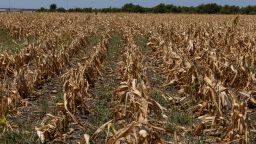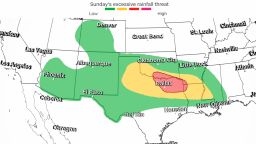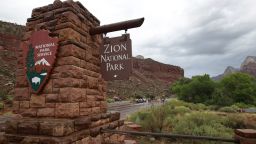Dozens of high-water rescues were underway Monday – amid more than 450 such pleas since the prior night – as greater Dallas faces the threat of more flooding caused by sudden, climate crisis-fueled storms that have stunned parts of Texas afflicted by “flash drought.”
According to the National Weather Service office in Fort Worth, 9.19 inches of rain fell at Dallas Fort Worth International Airport during a 24-hour period that began Sunday. It was the second highest rainfall total for that length of time in that area and most since 1932.
Another area of Dallas had 15.16 inches, the according to the NWS.
A flood watch was in effect for Dallas and Tarrant counties continue until 8 p.m. CT Monday, the NWS said.
Dallas Fire-Rescue tweeted that the agency has responded to 195 high-water rescues around the city from 6 p.m. Sunday to 1:37 pm Monday, while the Fort Worth Fire Department said it had conducted 174 investigations/rescues.
Hundreds of traffic accidents also have been reported, according to the Dallas Police Department.
Nearly 15 million people from northeastern Texas into northern Louisiana and far southern Arkansas are covered by flood watches from the same system that unleashed heavy rain and flash floods this weekend in parts of the Southwest.
Parts of Dallas got an entire summer’s worth of rain between Sunday afternoon and Monday afternoon, according to the NWS. That rate is only expected once in 100 years, on average. Dallas also got over 3 inches of rain in just one hour overnight – a roughly a 1-in-50-year rainfall rate, according to National Oceanic and Atmospheric Administration estimates.
Dallas County Judge Clay Jenkins declared a state of disaster in the county in response to the flood damage and is requesting state and federal assistance, according to a tweet he posted to his official account.
An unidentified 60-year-old woman was killed by the flooding in Dallas County when her vehicle was swept away by the water, Jenkins said.
Her car was “presumably” swept off the road and was discovered as the water receded, according to Mesquite Fire Department Chief Russell Wilson.
“I’ve never experienced anything like this in my entire life,” said Brittany Taylor, who moved to her Dallas apartment just two days before Monday morning’s flooding left most of her belongings ruined by the flood.
Taylor woke up around 3 a.m. to the sound of the torrential rain and couldn’t fall back asleep owing to the sound of leaking, she told CNN.
“All the cardboard boxes started collapsing, so a lot of my belongings started crashing into the water. I lost a lot of my stuff,” she said, adding her renter’s insurance doesn’t cover flood losses.
Fast-rising water trapped vehicles around 3 a.m. on Interstate 30 in Dallas, said Cassondra Anna Mae Stewart, who took video of the dark, watery scene.
“I was able to back up on a ramp to get off the highway,” she said. “I took an alternate route home … although most streets are flooded down there as well.”
Around that time, “trained weather spotters reported major flash flooding ongoing across Dallas with numerous roads and cars submerged, including Interstate 30 at Interstate 45 near downtown Dallas,” according to a flash flood warning statement issued at 3:21 a.m.
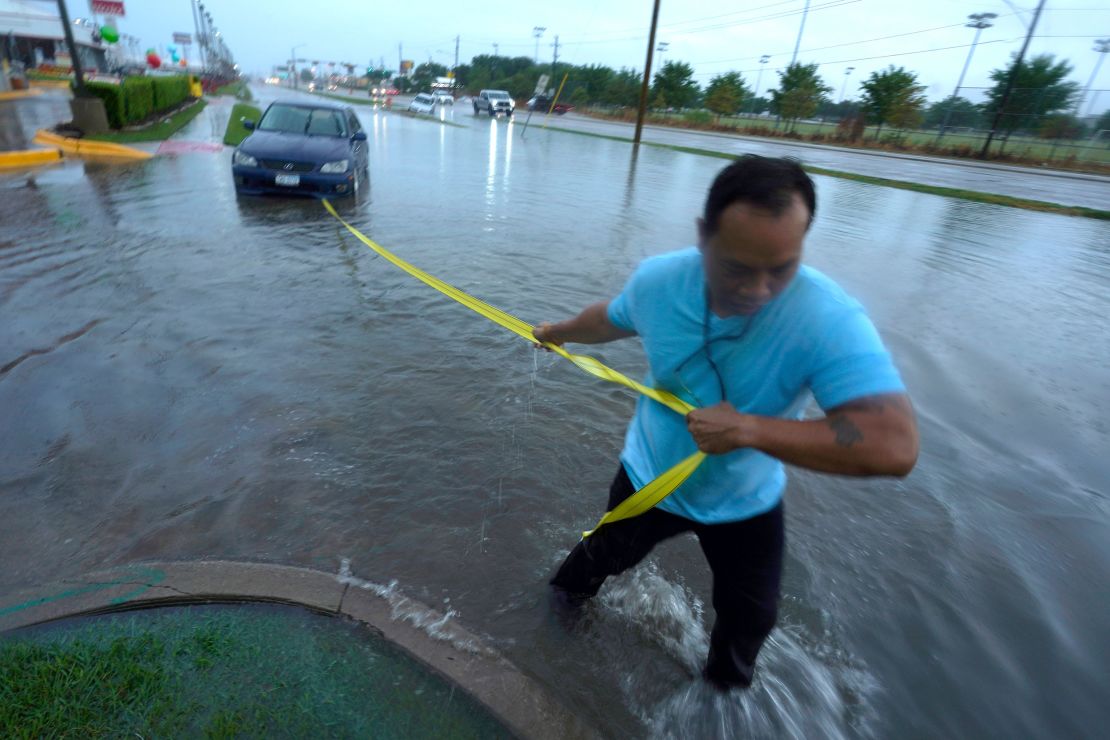
The influx of storm water caused the Dallas sanitary sewer system to overflow in several locations, the Dallas Water Utilities Department said in a news release. The water supply is not damaged, the city said, and crews are performing cleanups at each overflow location.
“Although there is no danger to the water supply, the public is reminded to avoid contact with waste material, soil or water in any of the affected areas,” the city said, adding that people in impacted areas who are using private drinking water supplies should only use boiled or distilled water.
Other major cities in Monday’s flood watch zone include Austin, Texas, and Shreveport, Louisiana. The region is under a moderate – Level 3 of 4 – risk of excessive rainfall. Rainfall rates of 2 to 3 inches per hour have been observed as storms move slowly across the area, creating the potential for up to 3 to 5 inches of rainfall.
The soaking weather pattern is expected to continue spreading active showers an thunderstorms across eastern Texas and into the Lower Mississippi over the next few days, which may result in more flash flooding, according to the NWS.
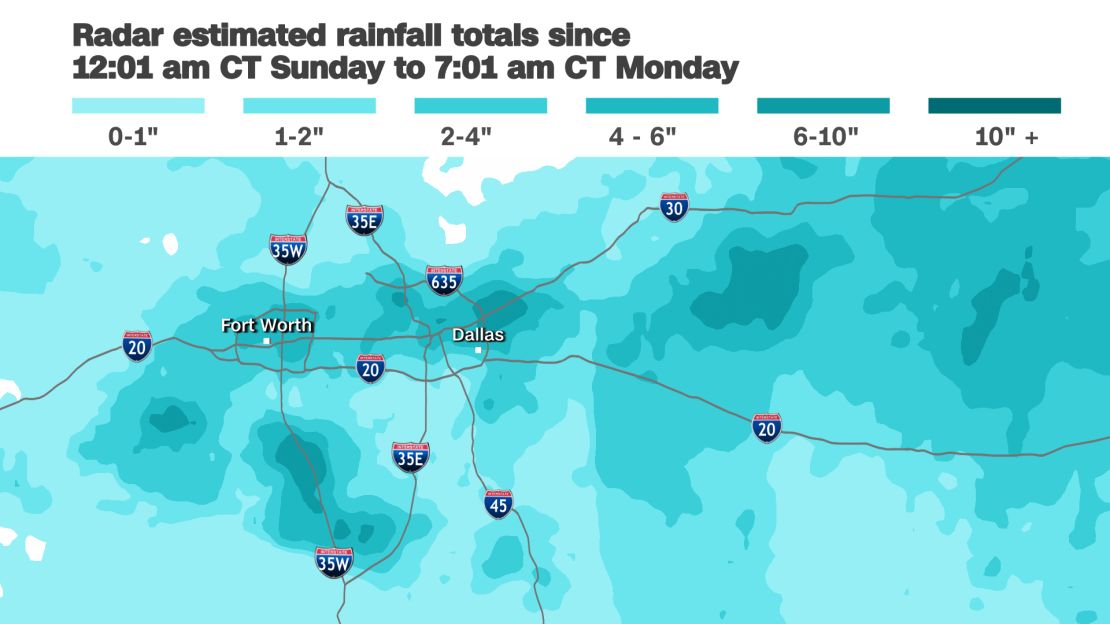
A sign of ‘climate whiplash’
The Dallas-area deluge comes in concert with a “flash drought” that has developed over this extremely dry year across Texas. Exceptional drought – the highest designation – is present over Dallas and Tarrant counties and blankets more than a quarter of the state.
“Over the last half-year, rainfall deficits of 8 inches to locally over a foot have affected areas of central Texas near and south of Dallas/Ft. Worth to the Gulf Coast,” the Drought Monitor summary said Thursday.
But those rainfall deficits will be essentially erased after Monday in Dallas, though large deficits will still remain for other areas of Texas.
Human-caused climate change has increased the potential for this sort of weather whiplash, in which dramatic swings in periods of drought and high precipitation can occur more often.
A larger share of precipitation in recent years has come during “intense single-day events,” and the likelihood of sudden shifts from severe drought to heavy rain will become more common on a warming planet, scientists say. Indeed, nine of the top 10 years for extreme one-day precipitation events have occurred since 1996.
Rainfall over land has become more frequent and more intense with every degree of warming since the 1980s. It’s because warmer air can hold more water, causing storms like Hurricane Harvey, which hit Texas in 2017, to not only produce storm surges and damaging winds but also cause more intense inland deluges.
Monday’s rainfall has pushed this month to the third-wettest August on record for the Dallas-Fort Worth area, with more than 7 inches in all so far – the most rainfall seen in the month since 1915.
Ahead of the Texas flooding, rain persisted Sunday in parts of Arizona and New Mexico following floods in prior days in parts of the Southwest.
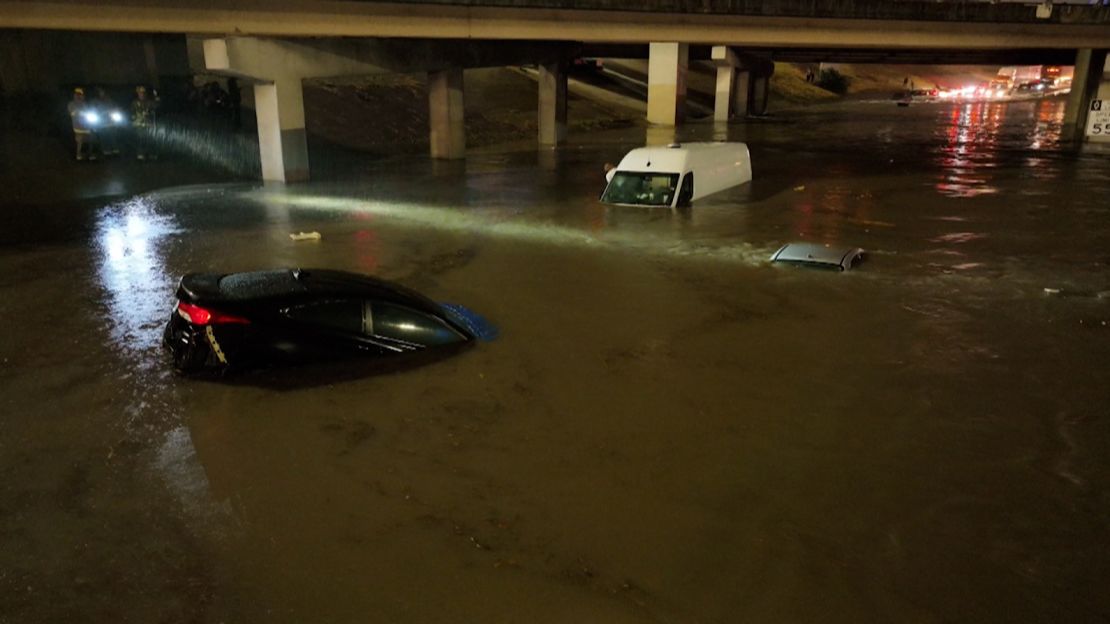
In Utah, hikers Friday were “swept off their feet” in Zion National Park by a flash flood. Search and rescue team members were working to find a missing hiker near the Virgin River, the park said Saturday.
In New Mexico, about 160 people had to shelter in place for several hours at Carlsbad Caverns National Park Saturday because of flash flooding, the City of Carlsbad said in a Facebook post.
The park was closed Sunday, the National Park Service said. “Maintenance crews will begin to assess and clean debris from the roadway,” the National Park Service added.
CNN meteorologist Monica Garrett, Dave Alsup and Raja Razek contributed to this report.




